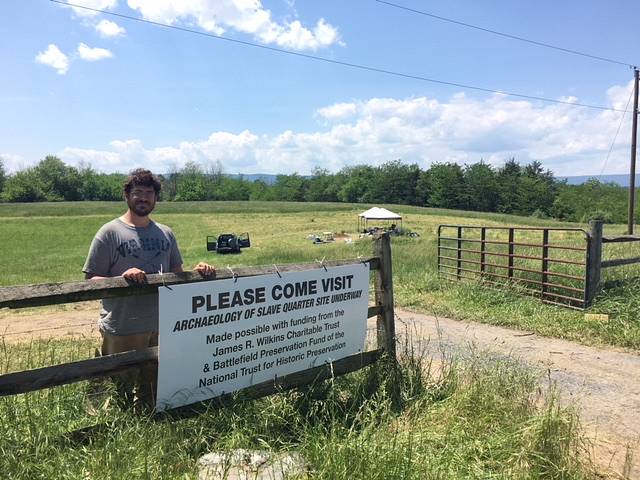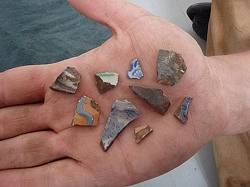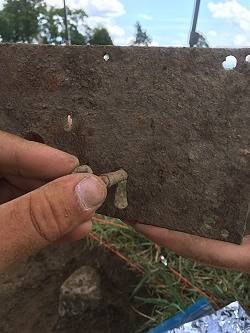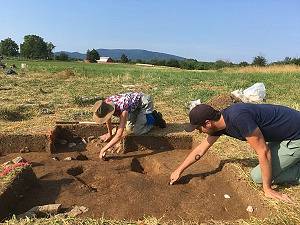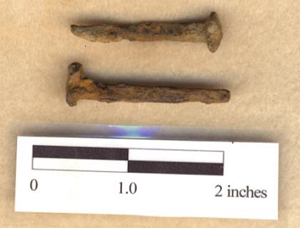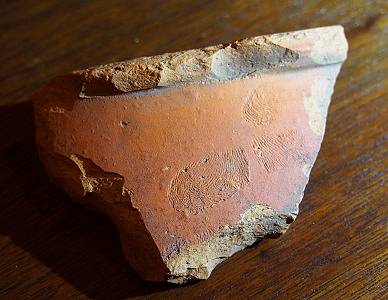Archaeology of Quarters of the Enslaved
There are no buildings left at Belle Grove Plantation that served as quarters for the enslaved. However, a map of the 1864 Battle of Cedar Creek indicates a cluster of buildings in t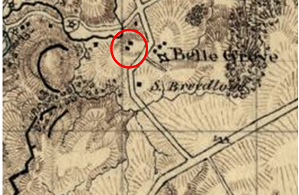 he field across from the visitor parking lot. Belle Grove was pleased to work with a team of archaeologist led by Dr. Matthew Greer to investigate this part of the property from 2015-2020.
he field across from the visitor parking lot. Belle Grove was pleased to work with a team of archaeologist led by Dr. Matthew Greer to investigate this part of the property from 2015-2020.
Testing conducted in summer of 2015 confirmed a 1.42-acre site that was inhabited by members of Belle Grove’s enslaved community between 1800 and 1850. Artifacts found at this site suggest at least two houses surrounded by a yard. Additional fieldwork was done in these areas. To date, more than 60,000 artifacts have been uncovered and confirm that this was a central quarter site. Artifacts include items used by enslaved individuals in their everyday lives including ceramics, buttons and other items of personal adornment, tobacco pipes, and even pieces of writing slate and slate pencils. Animal bones, eggshells, seeds, fruit pits, and nut shells are being analyzed further and will tell us what the enslaved ate, grew, and raised. Click here to view Dr. Greer's dissertation for Syracuse University that is based on this research. Click here to view a one-hour presentation "Putting Together the Pieces: How Small Ceramic Fragments Reveal Much about the Life of the Enslaved at Belle Grove."
Archaeological surveys of the plantation landscape identified additional buildings the enslaved may have used such as barns, equipment sheds, and a blacksmithing complex. Currently there is a replica blacksmith forge next to the smokehouse for visitors to see. However, it is not in the location of the large blacksmith shop that was in existence during the Hite era. Blacksmiths were integral to the daily work of the plantation and thus the enslaved men who were blacksmiths are mentioned by name in the Hites' records: Jim, Daniel, and Carter.
Remote sensing techniques of Light Detection and Ranging (LiDAR) and Ground Penetrating Radar, we have been able to look traces of other buildings or roads that might guide future archaeological excavations. To hear more about this aspect of the project, click here to view a one-hour presentation by archaeologist Matthew Greer.
Findings from this archaeological study and some of the artifacts that were found are on exhibit on the lower level of the Manor House.

